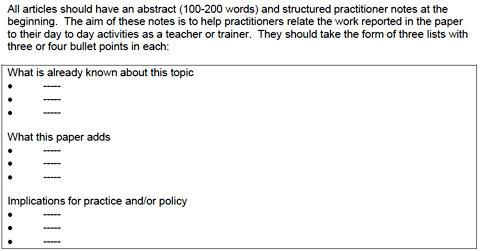Last August, I announced the publication of Emerging Technologies in Distance Education, a book I edited for AU Press that was published concurrently in print (for purchase) and in e-book format (as a free download). I am very excited (and surprised) to announce that Athabasca University Press is gearing up for a re-print! First of all, thank you to all of you who bought a copy, thus providing support to AU Press to continue publishing free versions of their books online.
I am surprised because I haven’t paid any attention to the printed version of the book. I’m also surprised by how quickly this happened (3 months – this could also mean that only a small number of books was printed). Either way, my interest on the printed version stops at the printed book’s ability to finance the free dissemination of the electronic version. I am more interested on the book’s reach and impact and a snapshot of these factors is provided below:
In relation to the reach of the book, here’s what Google Alerts and some simple tracking tells me:
– Every single day since publication, the book has been mentioned at least once (on blogs, twitter, and other social media)
– The e-book was bookmarked 81 times on the del.icio.us social bookmarking site.
– A number of libraries have bought copies of the printed book.
– Five instructors have used parts of the book in their teaching
– Elizabeth Wellburn has been summarizing the book chapter-by-chapter on her blog.
As far as download statistics go, this is what AU has to provided:
– The book was downloaded 350 times in August, 329 in September, and 316 times in October.
– Individual chapter downloads were: 506 times in August, 1,263 times in September, and 861 in October.
– From August to October there has been 306 visits to the book on the Google Books site. 283 of these visits have resulted in actual pages being viewed.
– From August to October there has been a total of 3, 311 pages of the book viewed on Google Books.
One final note: The book does NOT owe its popularity to me. The book is popular because of the authors who contributed their knowledge to this project (see complete list on this pdf file), and to well-known and well-connected individuals who have mentioned/used the book in their work. These include Terry Anderson, Alec Couros, and George Siemens (this list looks suspiciously Canadian!)
I don’t know how to end this entry, but to say a big thank you.


